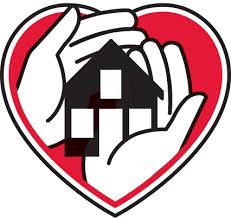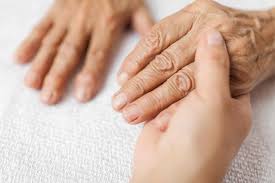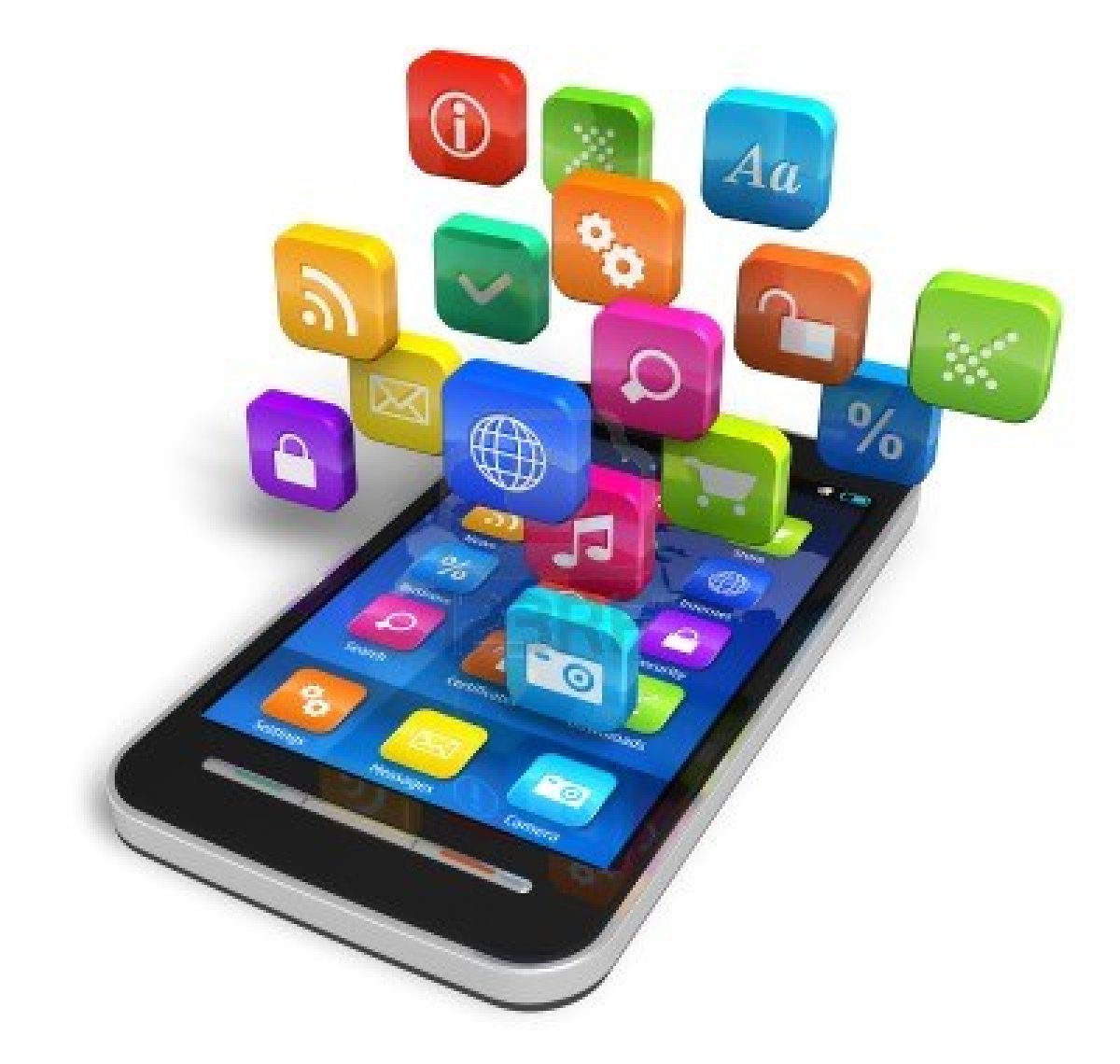The title should not surprise. The month of April had only one subject – no matter where you looked or what you read. Covid-19 and its impact and implications, starting early in the month following event cancellations, travel bans and stampedes, telehealth insurance changes and senior living visitation lockdowns. That was followed by a collection of companies offering free services for use of their technologies in the context of an increasingly isolated older adult population in senior living communities, nursing homes and at home. But it was a conundrum: so many of those older adults lacked access to or knowledge of technology, let alone the ability to acquire it, learn how to use it or participate in family Zoom sessions. In case you missed them, here are five Covid-19 blog posts from an April that was unlike any other:
Covid-19 – Technology changes accelerate – some a work-in-progress. Note the wave of announcements of 'free' tech services and sea changes. Numerous companies popped into my inbox in the past week with announcements of a period of free access to remote care/engagement technologies. Note the other ‘temporary’ change of reimbursement for remote (even telephone) visits, now fitting into the concept of telehealth. The ‘tipping point’ of telehealth is here – and tipping with a suddenness that is unnerving for overstretched vendors and most notably, difficult for providers who may lack the equipment and/or processes to deal with patients remotely, despite the risks to themselves with in-person interaction. Read more.
Side-effect: Covid-19 Should Close the Remaining Older Adult Tech Gap. The older adult coronavirus statistics skew toward oldest. There are more than 69 million people aged 60+ in the US. The oldest adults that appear to be at greatest risk dying from Covid-19 are not those of a specific age, but those in the oldest age ranges, particularly with 'underlying conditions.' From the CDC released April 8: Rates of hospitalization (4.6 per 100,000 of population) during the month of March indicated 13.5% of those hospitalized were aged 65+. And 90% of hospitalized patients identified through COVID-NET had one or more underlying conditions, the most common being obesity, hypertension, chronic lung disease, diabetes mellitus, and cardiovascular disease. The US statistics do what nearly all US data analysis does – 'older adult' equals 65+. But look at South Korea (in an article intended to make millennials nervous), the death rate in Covid-19 patients ages 80 and over was 10.4%, compared to 5.35% in 70-somethings, 1.51% in patients 60 to 69, 0.37% in 50-somethings. Read more.
Tackling Covid-19’s social isolation of seniors – one tech at a time. Saving seniors from Covid-19 means worsening isolation. In an article in the NY Times, Paula Span’s title said it all: Just What Older People Didn’t Need: More Isolation. The article attempts a number of references to mitigation, including the use of GrandPad in two Pace programs. These are compelling, but the overall story is about the oldest on the wrong side of the Digital Divide, which is notable and particularly pitiful in settings like nursing homes, Note in the Johns Hopkins Covid-19 guidance about nursing homes, at the very end, authors acknowledge the risk of social isolation and make a few (lame) recommendations. These do not include, unfortunately, providing usable technologies to connect isolated seniors with families. What might they be to help with loneliness? Here are six that businesses and non-profits serving older adults should provide for each of their constituents. Please nominate another six -- especially consider those with dementia. Read more.
Covid-19 and Senior Living’s growing use of tech. Seniors and technology – change is in the airwaves. In ways that could not have been anticipated six months ago, the technology marketplace (sellers and buyers) for older adults is accelerating in interest level and adoption. And that is likely an understatement. Following the reimbursement changes after in-person visits disappeared and numbers of visits exploded, firms with telehealth tech are finding a one-year-pipeline potentially compressed into one month. The odds are, not confirmed yet, that Wi-Fi deployment, donation of tablets and online video tools, will all be accelerating in the time of Covid-19, which will be confirmed in a future survey. Consider five intriguing examples – please send or comment with others if you have them. Read more.
Nursing home transparency needs more than Covid-19 case-counting. No understatement, these are very difficult times for nursing homes. First off, thousands of residents have died, and news media organizations are now obsessed with counting and re-counting, totaling up the numbers (more than 10,000 as of today) and then counting some more. So many of the 1.5 million residents of nursing homes were already very frail people, needing help with 3 or more ADLs. 72% of residents are women, most are age 85+, and as noted, 'many also have only a small group of family and friends for support.' Yet there are people who should know better lined up to bash their performance at managing this virus: "If there was any type of senior-care facility that should have been most equipped to manage the COVID crisis, it should have been skilled nursing facilities,” said Brian Lee, a former Florida long-term care ombudsman who currently is a member of an advocacy group called Families for Better Care." Read more.
from Tips For Aging In Place https://www.ageinplacetech.com/blog/five-covid-19-technology-and-health-blog-posts-april-2020
 No understatement, these are very difficult times for nursing homes. First off, many residents have died, and
No understatement, these are very difficult times for nursing homes. First off, many residents have died, and  Seniors and technology – change is in the airwaves. In ways that could not have been anticipated six months ago, the technology marketplace (sellers and buyers) for older adults is accelerating in interest level and adoption. And that is likely an understatement. Following the
Seniors and technology – change is in the airwaves. In ways that could not have been anticipated six months ago, the technology marketplace (sellers and buyers) for older adults is accelerating in interest level and adoption. And that is likely an understatement. Following the  Saving seniors from Covid-19 requires worsening isolation. In an article in the NY Times, Paula Span’s title said it all:
Saving seniors from Covid-19 requires worsening isolation. In an article in the NY Times, Paula Span’s title said it all:  The older adult coronavirus statistics skew toward oldest. There are more than
The older adult coronavirus statistics skew toward oldest. There are more than 